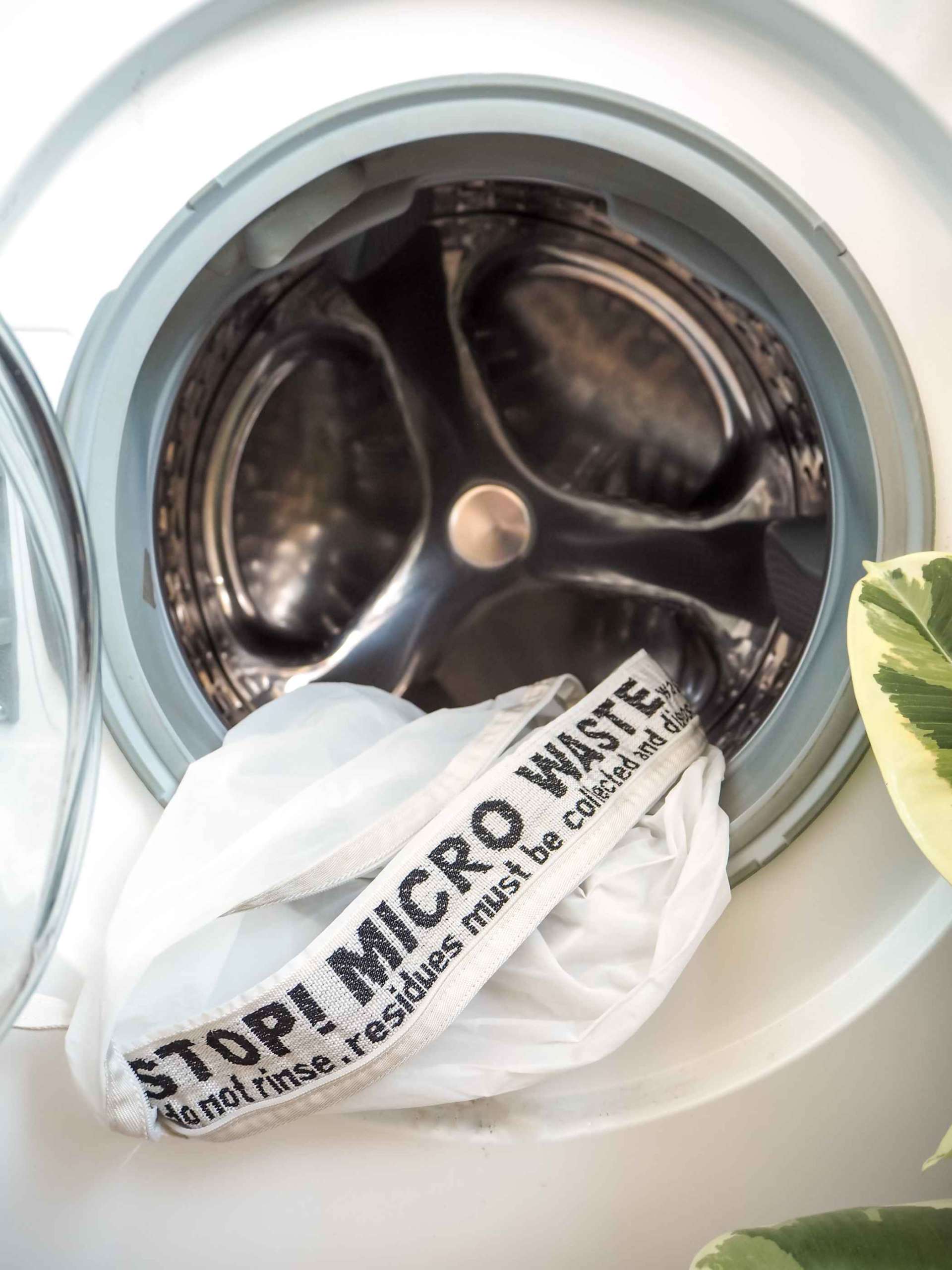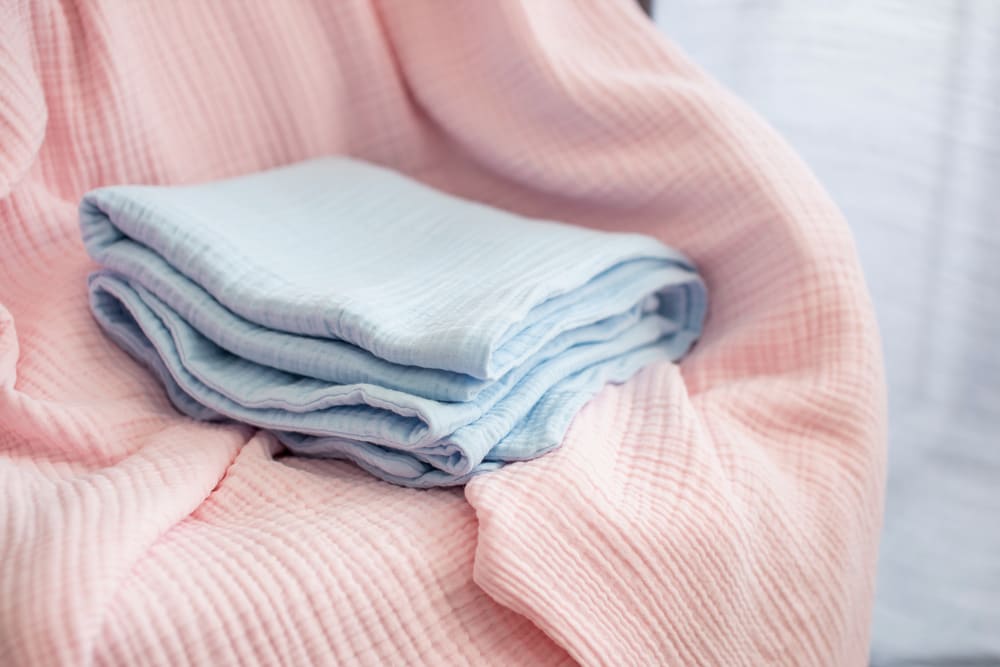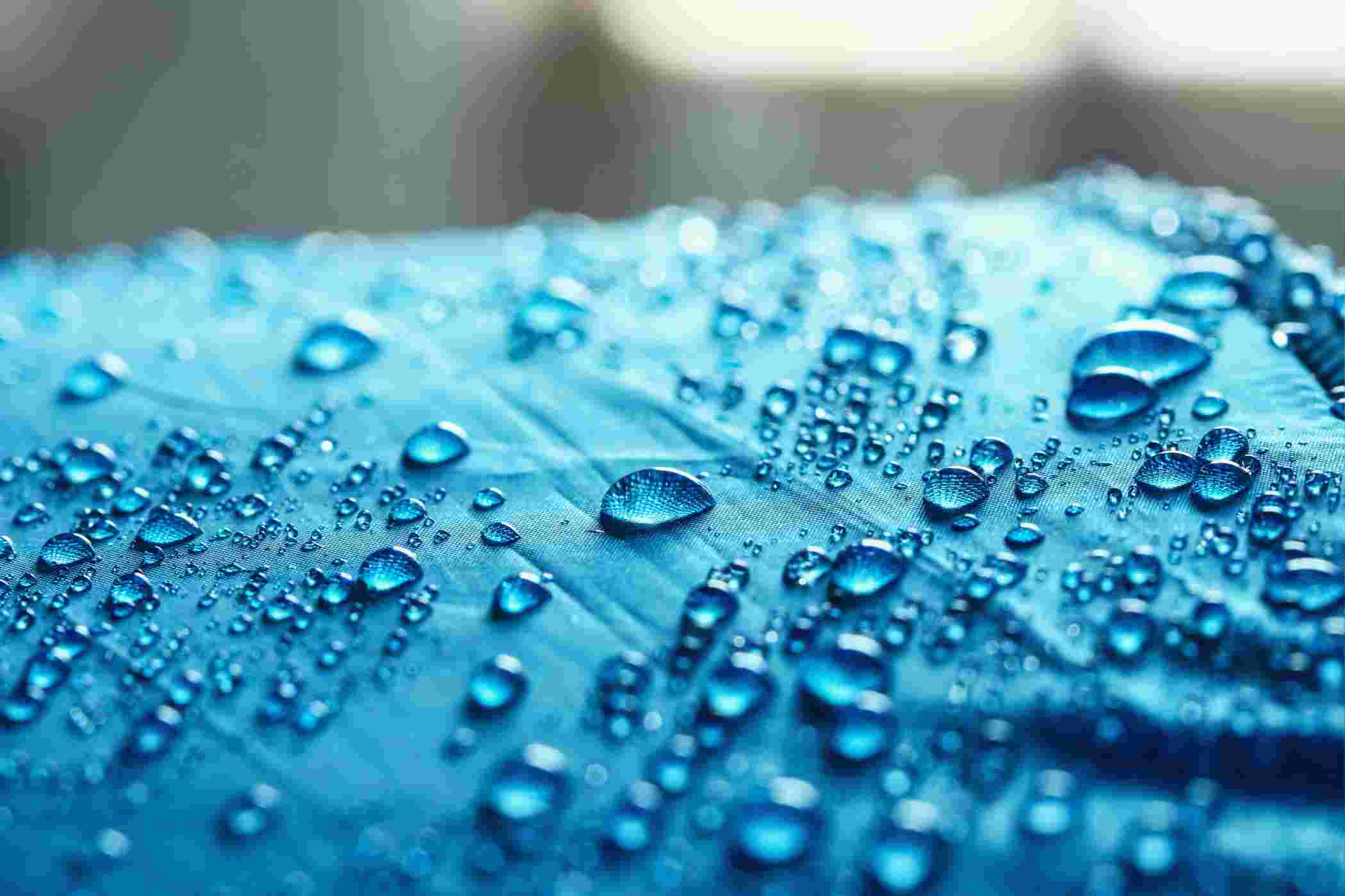Chiffon Fabric: Types, Uses, Major Producers, and More


| Fabric | Chiffon |
| Types | Silk crepe chiffon, Silk satin chiffon, Pearl chiffon, Jacquard chiffon and Chameleon chiffon |
| Major Exporter | China |
| Used For | Evening wear, nightgowns, blouses, scarves, lingerie, ribbons, wedding dresses |
| Thread Count | Weaved out of highly twisted filament yarns |
| Breathability | High |
Chiffon is a lightweight plain woven sheer fabric like gossamer. The fabric is created out of highly twisted filament yarns with an exceptional finesse. This twisted yarn results in a gentle puckering of the fabric creating a crumpling effect which is the hallmark of chiffon. These puckers are created by using s-twist and z-twist crepe yarns in a clockwise and counter-clockwise manner respectively. Such weaving also results in a degree of stretchability and a slight rough feel on the hand. This sheer fabric can be woven from a variety of textiles, both synthetic and natural.
Chiffon - Production Technique
The technique of chiffon production originated in France and spread wide across Europe following the Industrial revolution. The fabric was worn mainly by the aristocrats and nobility and it became synonymous with luxury and wealth. Chiffon had similar status and popularity in the United States in the 19th century. At this point in time, chiffon was exclusively made from silk fabric which is why the fabric was expensive.

It wasn’t until 1938 that non-silk chiffon came to be produced owing to the discovery of nylon. The invention of polyester in 1958 led to an outbreak of non-silk chiffon production due to its durability and low cost. Rayon chiffon is also in vogue nowadays. Cotton-chiffon however was not a big success since cotton is too delicate and prone to pilling. However, none of these synthetic fabrics produce the same alluring chiffon as silk does.
Why is chiffon a wonderful choice?
Due to its crisscross weaving pattern, chiffon fabric is highly breathable. Silk chiffon never gets deformed making it a good choice for regular use. Chiffon is generally a very delicate fabric that is worn on a daily basis and it is unique because of its luxuriant appearance, which makes it an appropriate choice for any formal occasion. It absorbs water and has low heat retention capacity, both of which makes the fabric highly comfortable.
Applications of Chiffon in the fashion industry

Chiffon is commonly used for manufacturing clothes ranging from evening wear, nightgowns, blouses, scarves, lingerie, ribbons to wedding dresses. Chiffon scarves experience a demand in summer and the fabrics shimmery appearance also makes it a nice decorative choice for light curtains.
When is it ideal to a launch chiffon collection?
Summers demand light clothing so chiffon is a great choice for summer collections. The fabric's easy to dry property makes it suitable for the monsoon season as well.
Countries known for chiffon production
China is the biggest exporter of finished chiffon fabric. India too is responsible for producing chiffon fabric and exporting raw silk to China. Pakistan and Bangladesh export silk crops to China. France is the country of chiffon's origin and still produces finest qualities of silk chiffon.
Types of Chiffon

The types of chiffon depend upon the fabric being used to produce it. We have Silk crepe chiffon fabric which is known for its slightly puckered texture and relatively rough feel.
Silk satin chiffon fabric is smoother than silk crepe and is more transparent and lightweight.
Pearl chiffon fabric has a pearlescent shade and glossy texture. Jacquard chiffon fabric is commonly used in kurta, dresses. and scarves.
Chameleon chiffon fabric is rare, known for its multi-toned appearance. Cotton chiffon fabric is a comfortable fabric and is preferred often during summers but the trend hasn’t peaked because of pilling.
Environmental Impacts
Chiffon made from silk is a sustainable fabric because of the biodegradable and organic nature of silk. However, a growing range of non-silk chiffon, such as nylon-chiffon or polyester-chiffon has led to waste generation and pollution. Both nylon and polyester require petroleum which is energy consuming and is therefore exhaustive of non-renewable natural resources. Also the process of production of these synthetic fabrics involving such non-biodegradable fibers lead to toxin release into the environment.
Therefore silk chiffon is more sustainable than any other synthetic counterparts. If chiffon is made from silk or cotton they may meet the organic certification guidelines offered by the USDA or similar organizations. Chiffon from silk gain their certification from Silk Mark, The Global Organic Textile Standard, and The World Fair Trade Organization Guarantee System. The Global Recycled Standard (GRS) certifies synthetic textiles if they are convinced of the recycling materials of the product.



















